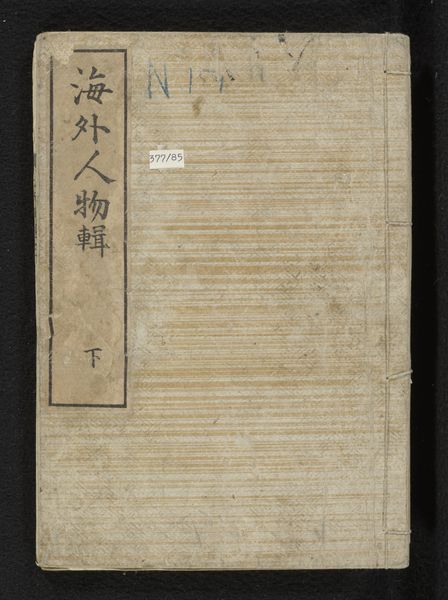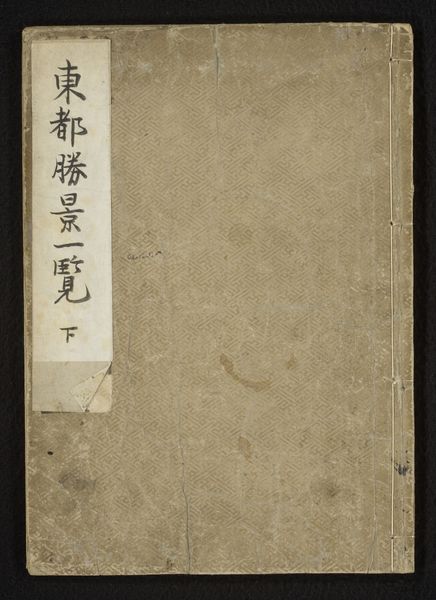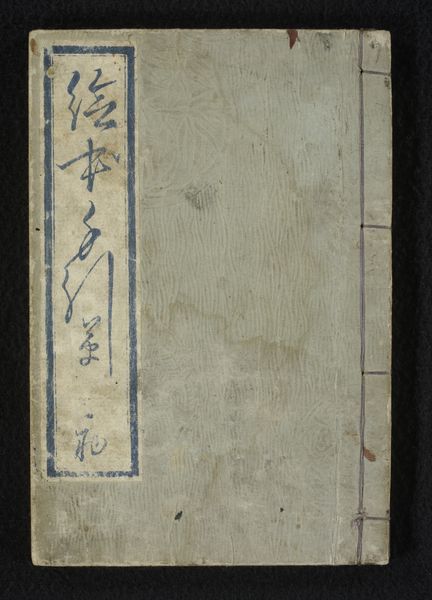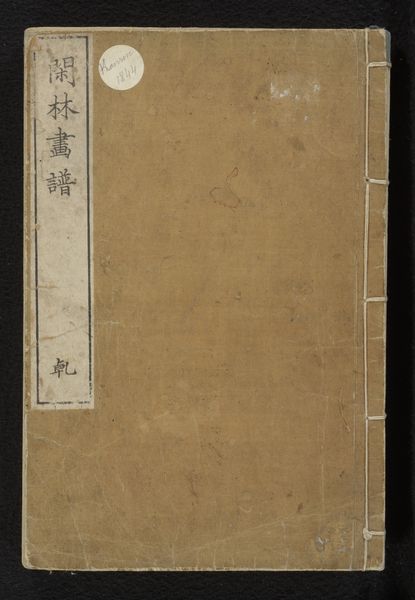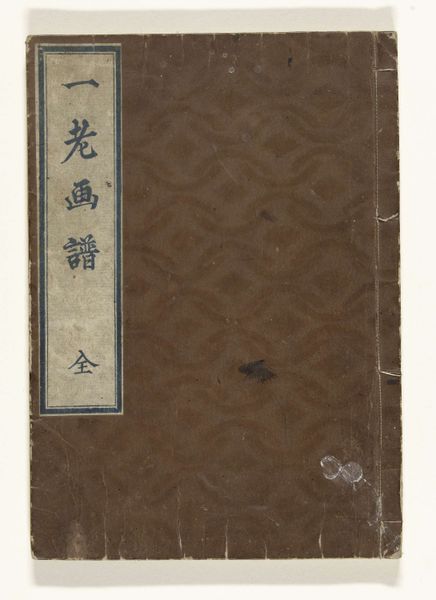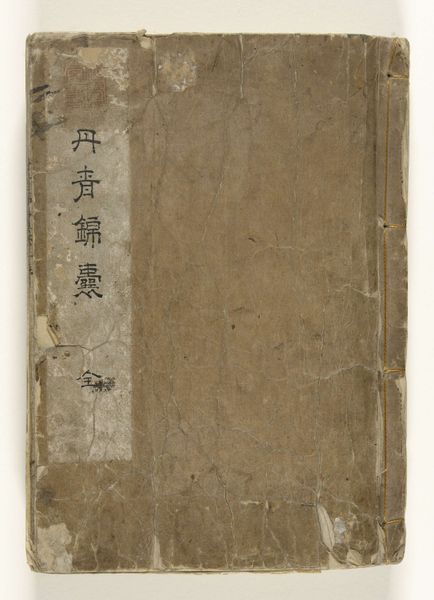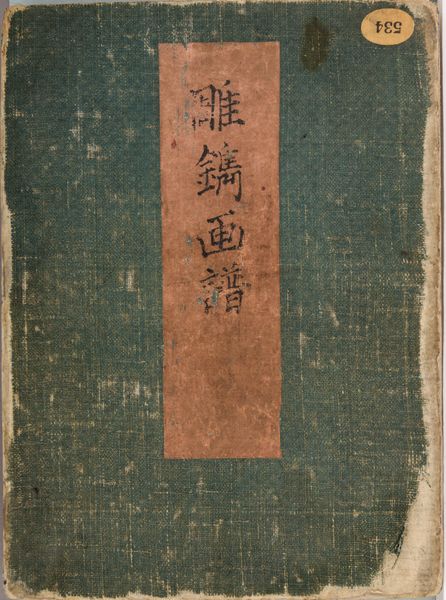
collage, print, paper, photography
#
collage
#
narrative-art
# print
#
asian-art
#
paper
#
photography
Dimensions: height 250 mm, width 175 mm
Copyright: Rijks Museum: Open Domain
Curator: Looking at "Verzameling overzeese personen (deel 1)" from 1854, I'm struck by how this collage, using prints and photography on paper, creates a dialogue about encounters with people from overseas. Editor: Initially, the muted tones give it an understated elegance, almost like a faded memory. The stark lines of the text box stand out against the aged paper. Curator: Absolutely. It's important to remember the socio-political context. In the mid-19th century, Japan was opening to the world after a long period of isolation. This piece reflects both curiosity and, possibly, anxieties surrounding this interaction with the West. Editor: The composition really reinforces that idea of 'otherness'. The texture of the paper and the visible binding add an interesting tactile element too, inviting closer inspection of each layer of collage. Do you think the way the photographs are integrated points to any specific intent? Curator: Well, the inclusion of photography – a relatively new technology at the time – suggests an attempt to document and classify these ‘overseas persons’. The album's construction also allows for a specific form of narrative-building, likely one influenced by prevalent cultural biases. This artwork's use within the social sphere raises fascinating questions about the role of photography in creating social identities. Editor: The formality of the presentation, those rigid edges of the text frame, give a sense of measured control. And perhaps, a slightly detached observation of its subjects. I'm curious about what narrative this aims to convey through this considered construction. Curator: Yes, this book acts as a potent lens for understanding how encounters between different cultures were perceived and codified, which ultimately underscores how museums, and other cultural institutions, have a long history of contributing to the public imagination regarding geopolitical relationships. Editor: The minimalist aesthetic focuses your eye, encouraging a focused and, possibly critical contemplation about cultural and historical power dynamics that continue to unfold, it’s so much more than just a collection of images. Curator: Indeed. Examining the composition and media illuminates historical narratives, provoking crucial questions about art’s influence on how we understand our place in the world. Editor: A quiet, powerful piece that reveals much about our continuing visual dialogues with identity and perception, history, and culture.
Comments
No comments
Be the first to comment and join the conversation on the ultimate creative platform.
